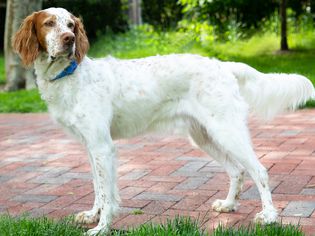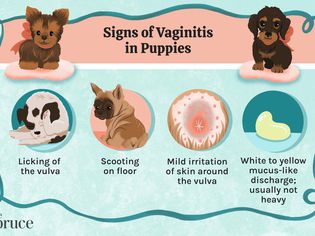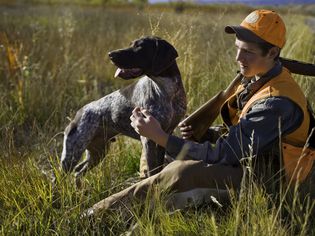Dogs have been working in the service of humans for as many—if not more—years than they’ve been serving as our sweet and loyal pets. And for people with disabilities, the services that dogs can provide aren’t just useful—they can be truly lifesaving.
There are at least 500,000 service dogs in the United States, according to Share America. Under the Americans with Disabilities Act, a service dog is defined as a dog that provides assistance to an individual with a disability. But the tasks they perform are as varied as the people who they help, with service dogs going through different types of training and providing different tasks depending on what their handler’s needs are.
While they differ from working dogs, what all service dogs have in common is their legal right to enter all public spaces (extending beyond the rights of emotional support animals), as well as the fact that they are not “pets,” but dogs with very important jobs to do. So what are those jobs? Here are eight types of service dogs and the valuable roles that they play.
- 01 of 08
Guide Dogs
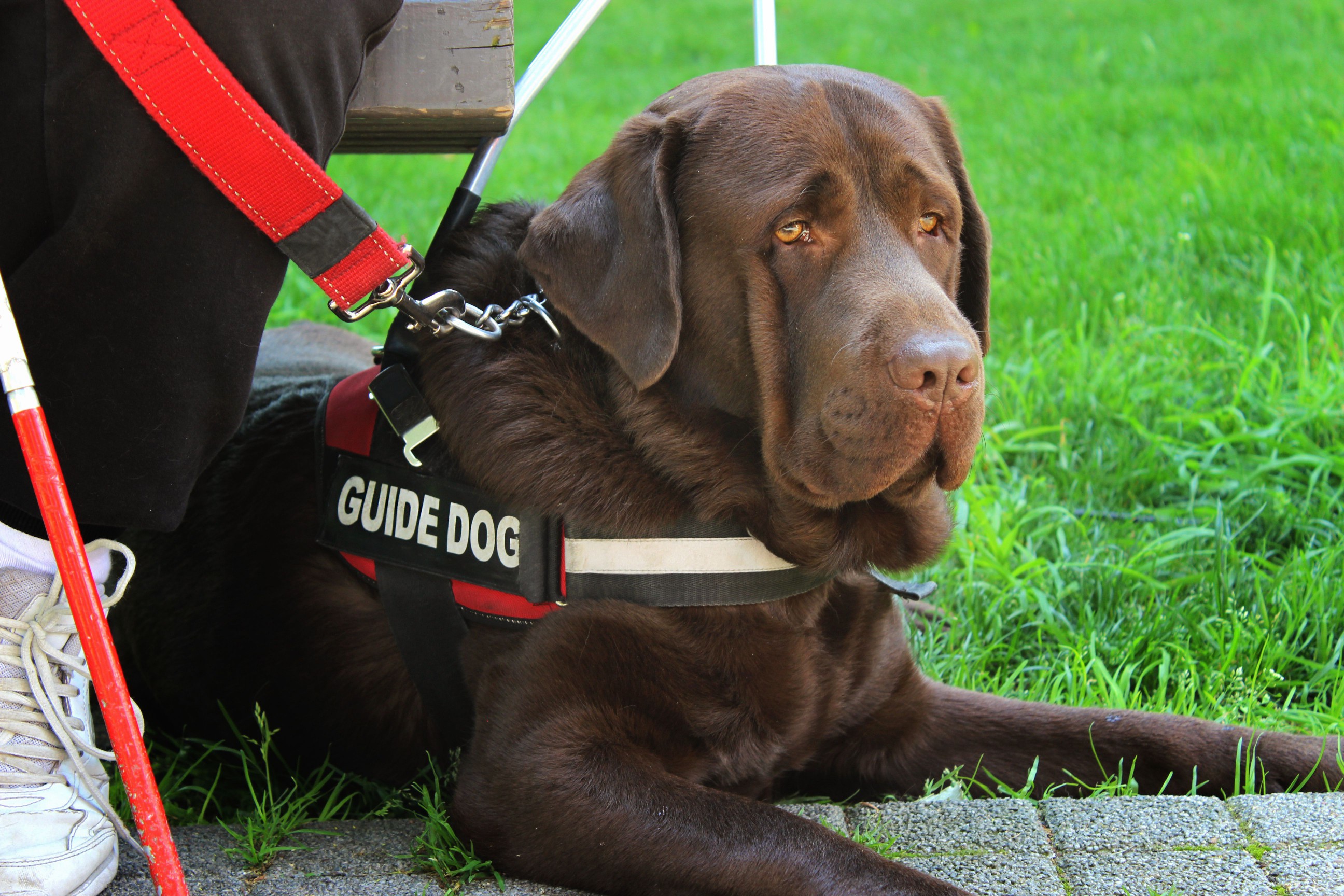
Goja1 / Getty Images Guide dogs were perhaps the first iteration of service dogs as we know them today. In fact, the earliest recorded example of a guide dog goes back to the first century A.D., and active, standardized guide dog training can be traced back to the 1700s.
The role of a guide dog is to assist humans who are blind or otherwise visually impaired. This includes leading their handlers around obstacles, helping their handlers navigate in public, and assisting their handlers with going up and down stairs. One of the most unique traits of guide dogs is “selective disobedience”—the ability to obey commands but also to make choices based on their own assessment of a situation.
You’ll usually see guide dogs in a special harness that has a bar for their humans to hold on to for support. They often also wear vests that say “Do not pet me,” an important rule to follow since guide dogs should not be distracted when they are working.
02 of 08Hearing Dogs
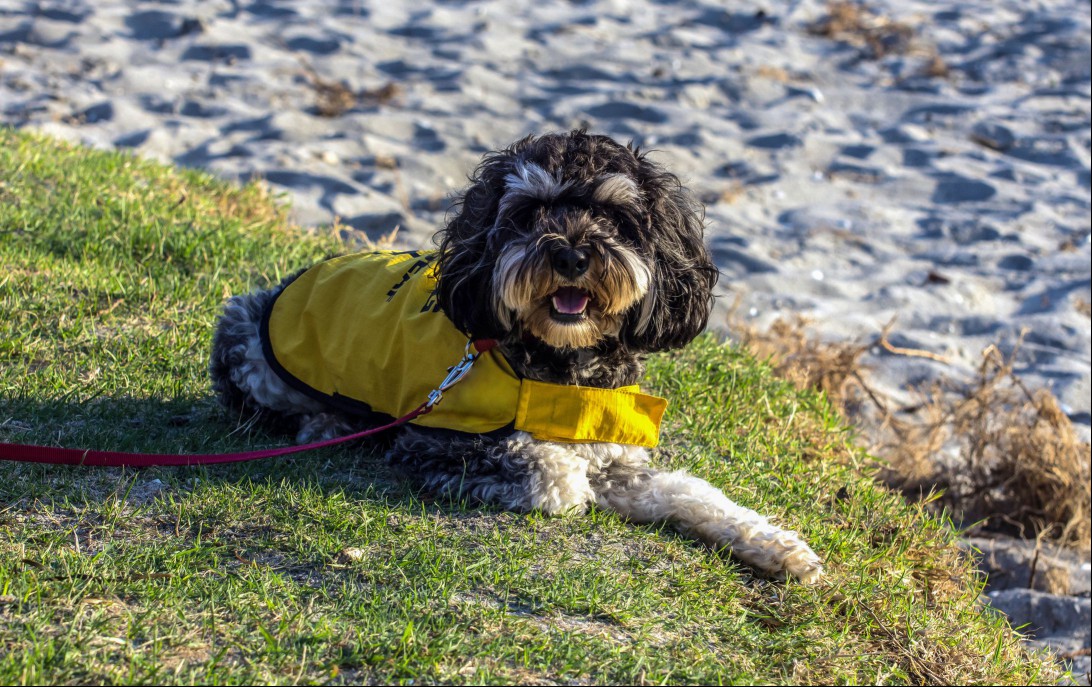
Steve Clancy Photography / Getty Images Just as guide dogs act as eyes for people who cannot see, hearing dogs act as ears for those who are deaf or hearing impaired. Hearing dogs are trained to alert their humans to important sounds, including doorbells and knocks on the door, as well as fire alarms, baby’s cries, and alarm clocks.
Being deaf can be an incredibly isolating experience. By cuing deaf individuals in to the hearing world, hearing dogs help their humans stay connected to their environments and function with more independence. Based on the noise, hearing dogs will make physical contact with their handlers and then lead them either to the source or away from it.
03 of 08Seizure Alert Dogs

LightFieldStudios / Getty Images One of dogs’ more impressive traits is their ability to tune in to subtle changes in human behavior, a trait that can be a lifesaver for people with epilepsy. Seizure alert dogs are trained to recognize the often elusive signs that their handlers are about to have a seizure, and from there, they both alert for help and position themselves in such a way as to protect the individual during the seizure itself.
Interestingly, there’s still no scientific understanding of how seizure alert dogs recognize that a seizure is imminent, or even proof that dogs can be specifically trained to do so. Instead, research shows that some dogs seem to have innate seizure detection abilities, and anecdotally, there is plenty of “proof” that seizure alert dogs do their jobs quite well.
04 of 08Diabetic Alert Dogs
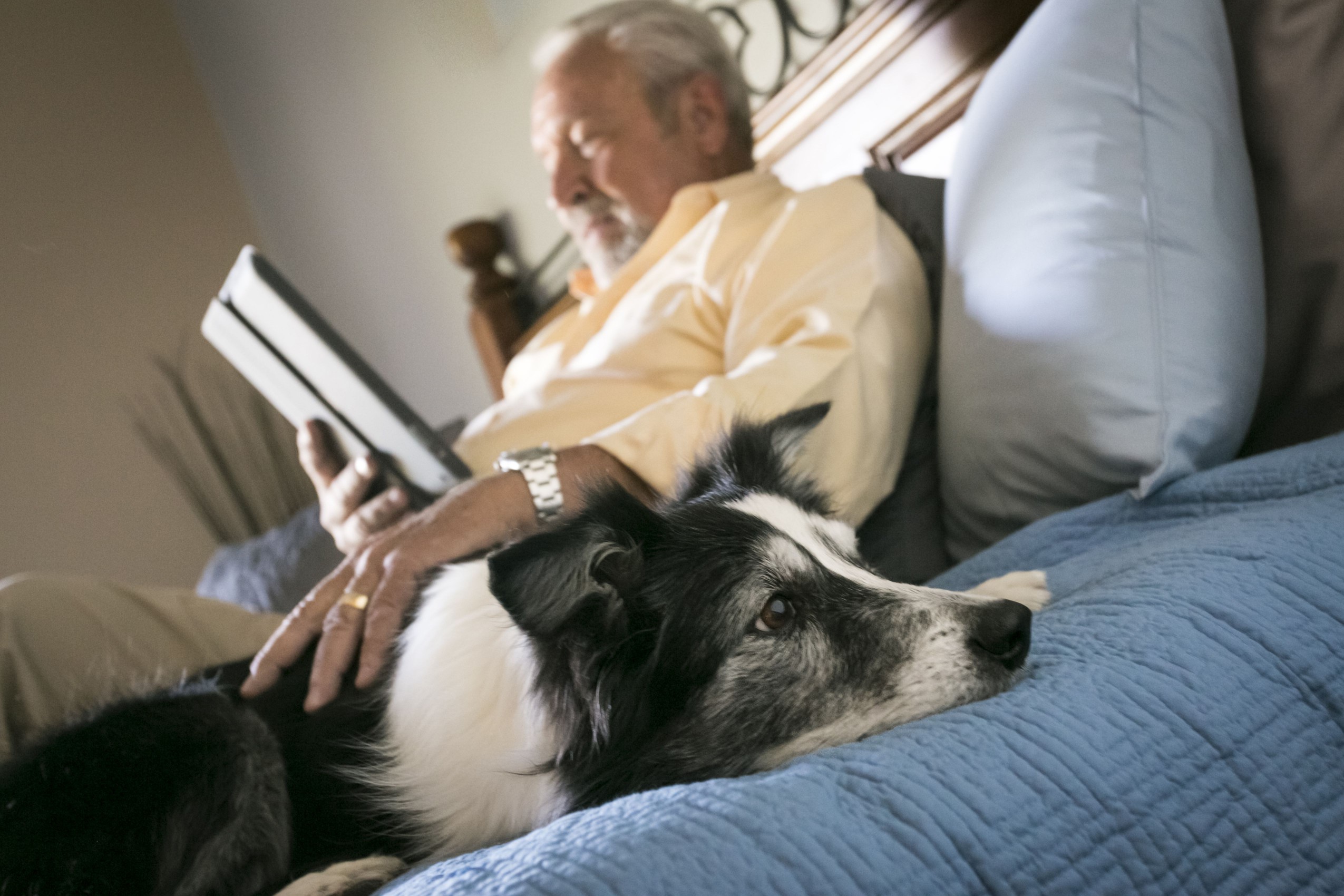
Julien McRoberts / Getty Images Dogs have about 300 million olfactory receptors in their noses compared to the paltry six million that us humans have, which makes their sense of smell anywhere from 10,000 to 100,000 times more acute than our own. And with impressive smelling capabilities comes the ability to smell things we can’t—including chemical changes in blood sugar. For people with diabetes, this means they can be alerted to blood sugar drops before they reach dangerous levels, and that if they do experience a critical drop, others can be alerted. This provides diabetics with a sense of security and independence they may not have experienced before.
Continue to 5 of 8 below05 of 08Allergy Detection Dogs
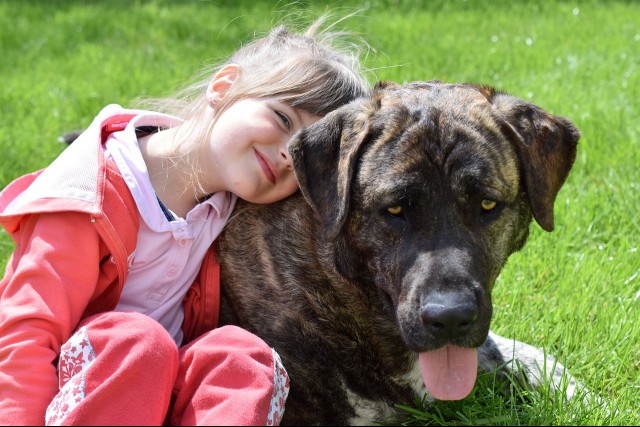
Steffen L./Pixabay
For children and adults with allergies, avoiding certain ingredients and substances can be a matter of life or death. Fortunately there are allergy detection dogs, who use their unmatchable sense of smell to detect traces of allergens in the air and foods and to alert their humans of the allergen’s presence. Often, allergy detection dogs work with children, accompanying them to school and activities so that they have more independence and their parents have more peace of mind.
06 of 08Mobility Assistance Dogs
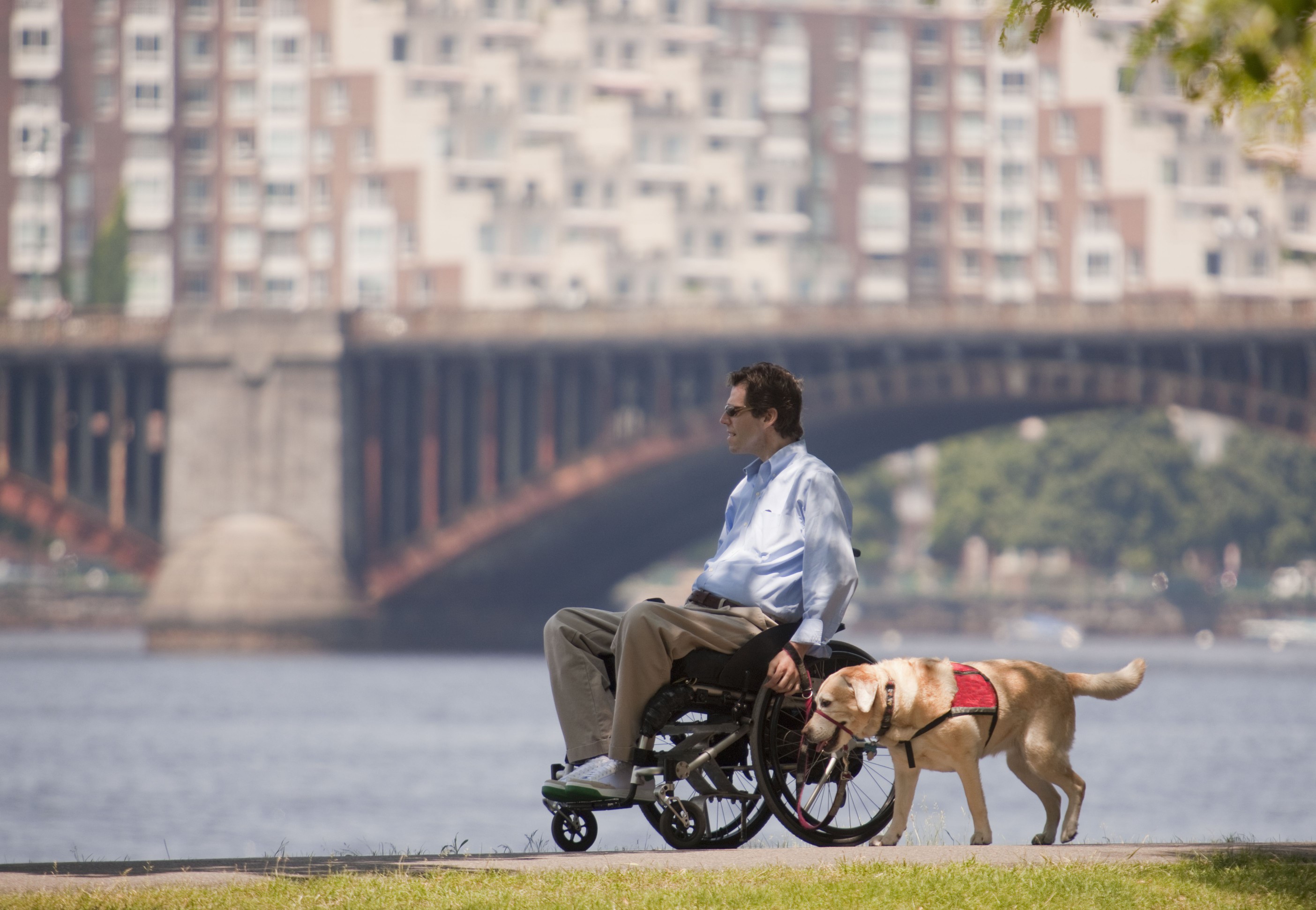
Huntstock / Getty Images Mobility assistance dogs perform invaluable tasks for people with impaired motor functions, in particular individuals who are in wheelchairs. They can do everything from pulling wheelchairs up ramps to pressing elevator buttons, and are often responsible for helping their handlers with many of the day-to-day actions that many of us take for granted.
In addition to assisting those who are in wheelchairs, mobility assistance dogs also work with individuals with arthritis, cerebral palsy, muscular dystrophy, and spinal cord injuries, among others.
07 of 08Autism Support Dogs
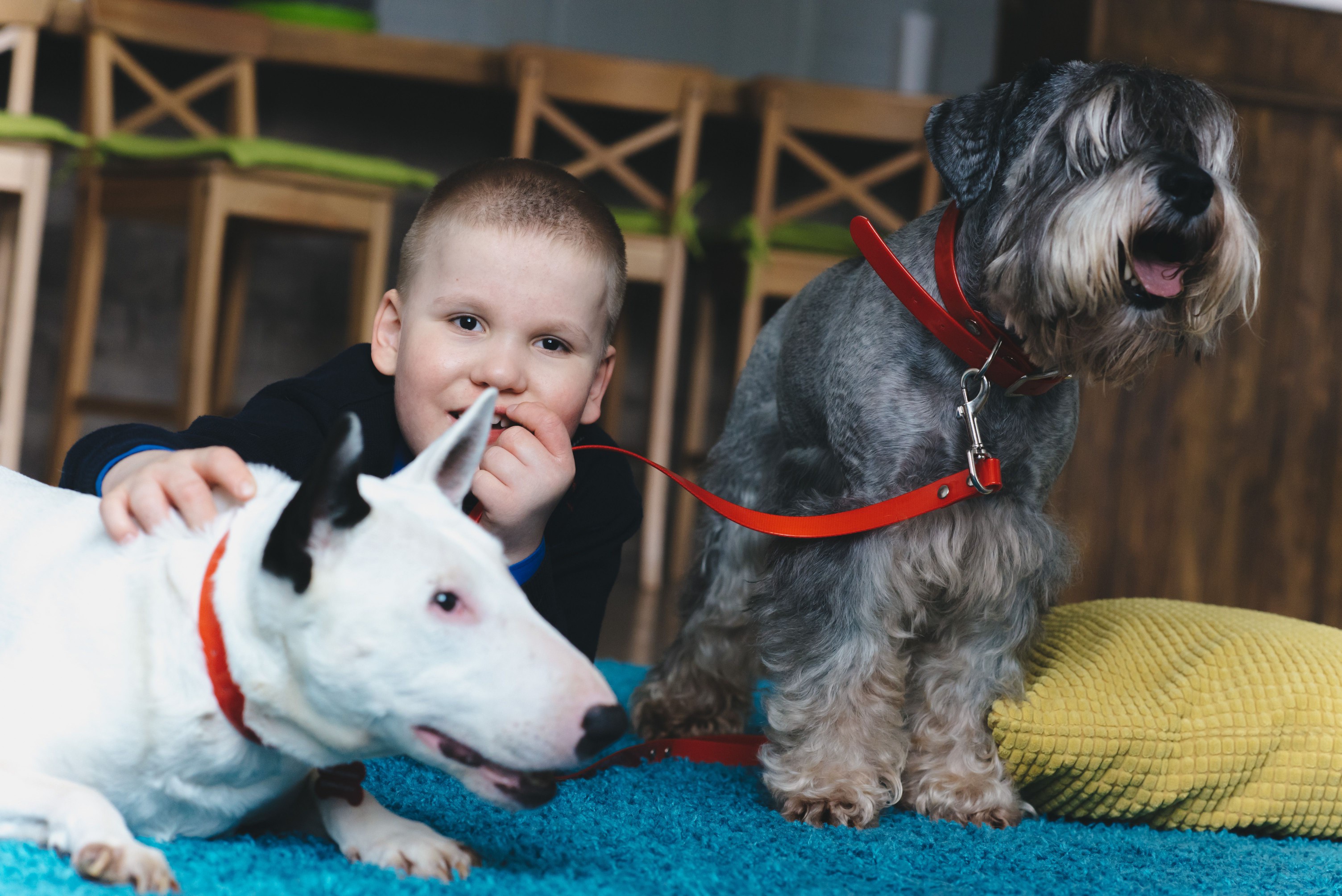
magda_istock / Getty Images While autism is not a physical disability, autism support dogs play an important role in maintaining the well-being of their handlers. Specific tasks include helping their handlers navigate social settings to build up their confidence, and they are also trained to keep track of autistic children who have a tendency to wander. Perhaps most importantly, autism support dogs provide companionship and judgment-free support to autistic individuals who may have a tough time connecting with other humans. For this reason, autism support dogs are useful for helping those with autism improve their communication skills and better regulate their emotions.
08 of 08Psychiatric Service Dogs
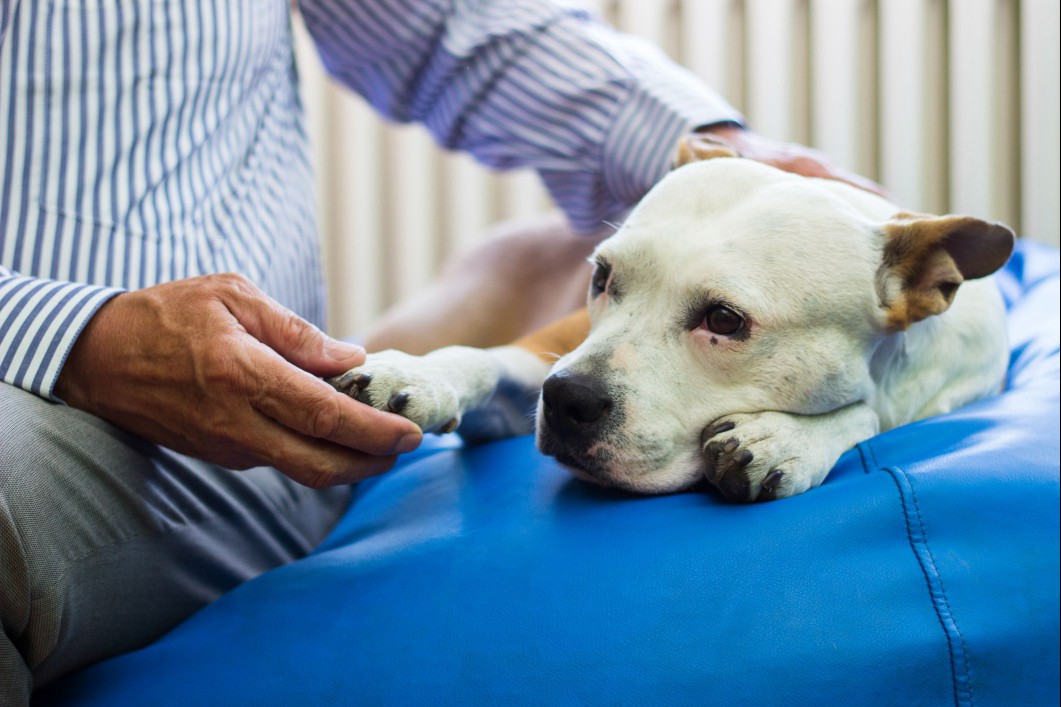
sanjagrujic / Getty Images Mental health disorders like post traumatic stress disorder, depression, and bipolar disorder can be immensely debilitating. People with these disorders may have a tough time taking care of themselves or leaving their home, and may experience regular panic attacks or intense feelings of discomfort in public settings. Psychiatric service dogs help provide a comforting barrier in times of distress, and can perform a range of tasks that include protecting their handler’s personal space and turning on lights before their handler enters a room so that they feel safer.
It is important to note that psychiatric service dogs are not the same as emotional support dogs or therapy dogs. Though many of their tasks are emotionally-based, psychiatric service dogs go through extensive training and are not pets under the legal definition.
If you see a service dog when you are out in public, it is crucial that you remember it has a job to do and should never be distracted verbally or physically—even if all you want to do is say “hello.” Also remember that not all disabilities are clear and obvious. Someone with a service dog may seem perfectly capable, but their dogs are necessary for helping them avoid certain allergens or to alert them of oncoming seizures.
As humans learn to better understand dogs and their awe-inspiring capabilities, the list of service and working dog types is growing. And whether a dog is a trained service animal or just a pet, we can all agree: they’re pretty amazing.
More like this




